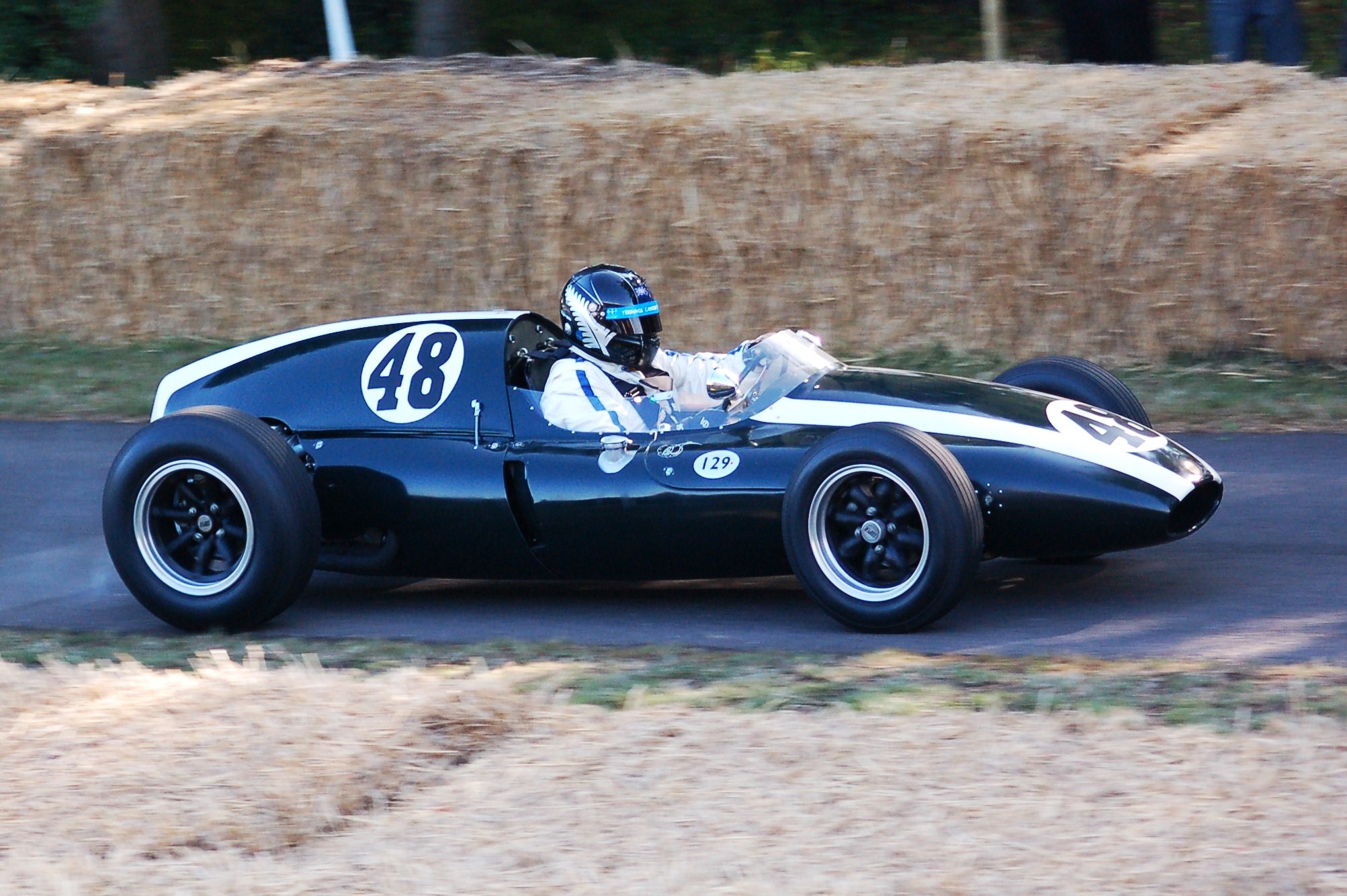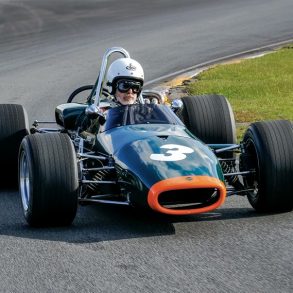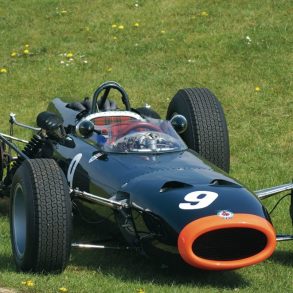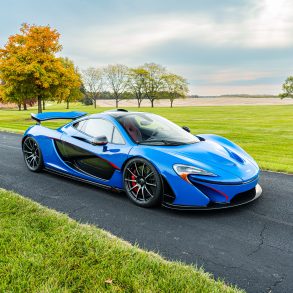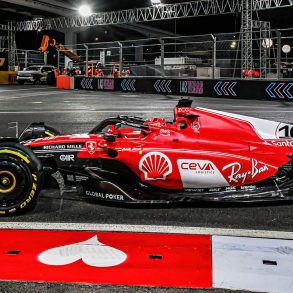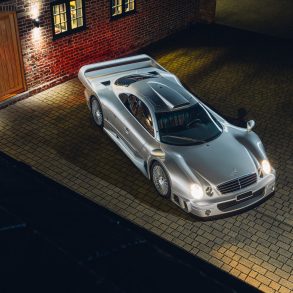Cooper T51
Car: Cooper-Climax T51 / Engine: 4 Cylinder Inline Coventry-Climax / Maker: Cooper / Bore X Stroke: 94 X 89.9 mm / Year: 1959 / Capacity: 2,495 cc / Class: Formula 1 / Power: 240 bhp at 6,750 rpm / Wheelbase: 104 in Track: 55 in front, 53 in rear / Weight: Dry 1,545lbs / Wheels & Tires: Dunlop tires 1932, Englebert tires 1933-35. 5.50 x 18 front, 5.50 x 18 rear / Top speed: 140 mph.
What World War II temporarily put on the shelf was to eventually come back 20 years later: Charles Cooper’s rear-engined cars which set the trend for cars that are with us to this day.

Changes to the regulations conspired to allow for the introduction of smaller, lighter and simpler cars, just the type that could be built by a specialist manufacturer like Cooper or “Garage-Owners” as Ferrari would call them later in a moment of frustration. These new rules involved the banning of alcohol fuel in exchange for AvGas and the reduction in minimum race distance to 300 km from 500 km. While the cars produced less power on AvGas they required less of it and with the shorter races fuel tankage was further reduced.
Charles Cooper was a between the wars racing mechanic who lately started producing lower-class racecars with his enthusiastic son John. Cooper cars dominated 500cc F3 class for years and gradually the Cooper company made its way up to forefront of motorsport, Formula 1.
Its ‘Bobtail’ rear-engined sportscar was modified by Jack Brabham and entered in the 1955 British GP. It wasn’t to achieve great success but it was a sign of times to come. The first victory was achieved against great odds, in Argentina during the 1958 season when Moss, with worn-out tires, ran non-stop in a little 1.96 liter Cooper-Climax T-45 to defeat the mighty 2.4-liter Ferrari 246s. It was the first victory for a rear-engined car since Formula 1 was created.
By the end of 1958 Vanwall had pulled out of racing and Stirling Moss was left unemployed. He joined private entrant Rob Walker’s team to drive Cooper-produced cars. The Works team was lead by Australian driver-engineer Jack Brabham and a New Zealand youngster named Bruce McLaren as second driver. The car was fitted with full 2.5-liter Climax FWA engine. What was exceptional about the car was not only its engine position but its curved tube frame. Almost every tube making up the frame was curved and every engineer will tell you that’s not the right way to do it. Tubes should be straight so that they could be loaded only longitudinally. Curved tubes inevitably have to be loaded on flexion, which compromises rigidity of the frame. However, the big tube chassis was designed intelligently by Owen Maddock and it was to prove remarkably successful.
What is so clever about mounting engine at the wrong side? There’s no need for driveshaft to pass under driver’s seat so driver could seat lower. This plus the fact that the front bodywork did not need clear the engine made for a much smaller frontal area improving aerodynamics while the center of gravity is situated lower which improves cornering. No driveshaft and a smaller car means substantial weight saving. The real question is why it took so long to finally take that step…
The weak spot on cars was the gearbox. The Works cars were fitted with modified Citroen gearboxes with castings reinforced to endure high loads applied by the powerful 2.5-liter Climax engine. However, although performance did not suffer, they did not prove to be a success. Moss’s dark blue Walker car was fitted with a tailor-made gearbox by Italian specialist Valerio Colotti. It may have been more promising but due to low manufacturing standards Colotti gearboxes were to prove very unreliable.
The first 1959 World Championship race took place at Monaco. Jack Brabham won after Moss qualified on pole, led and retired due to broken gearbox. The pattern for the rest of the season was set. Brabham and Moss both won 2 races but Brabham took the crown due to better reliability. The last race of the season was won by Bruce McLaren who remained for the next 20 odd years the youngest winner of a World Championship GP, being 22 years 3 months old at the time. Cooper thus won the first ever World Championship for manufacturers beating Ferrari and BRM.
For 1960 a new car was designed, the T53, with coil springs in place of the leaf springs employed on T51. The new car also had better aerodynamics thanks to lower bodywork. The T53 would prove extremely successful with Brabham taking 5 consecutive wins by mid-season.
The trend was set and the shape of racing cars was changed forever. Ferrari, the last front-engined runner, began to experiment with a rear- mounted engine in 1960 and by 1961 the entire F1 field would be rear-engined. More and more sophisticated cars followed and they overcame Cooper’s simple ‘blacksmithery’ cars but Cooper will always be revered by racing fans as the marque to re-introduce a successful rear-engined F1 car who’s success in fact relied on the engine layout.


